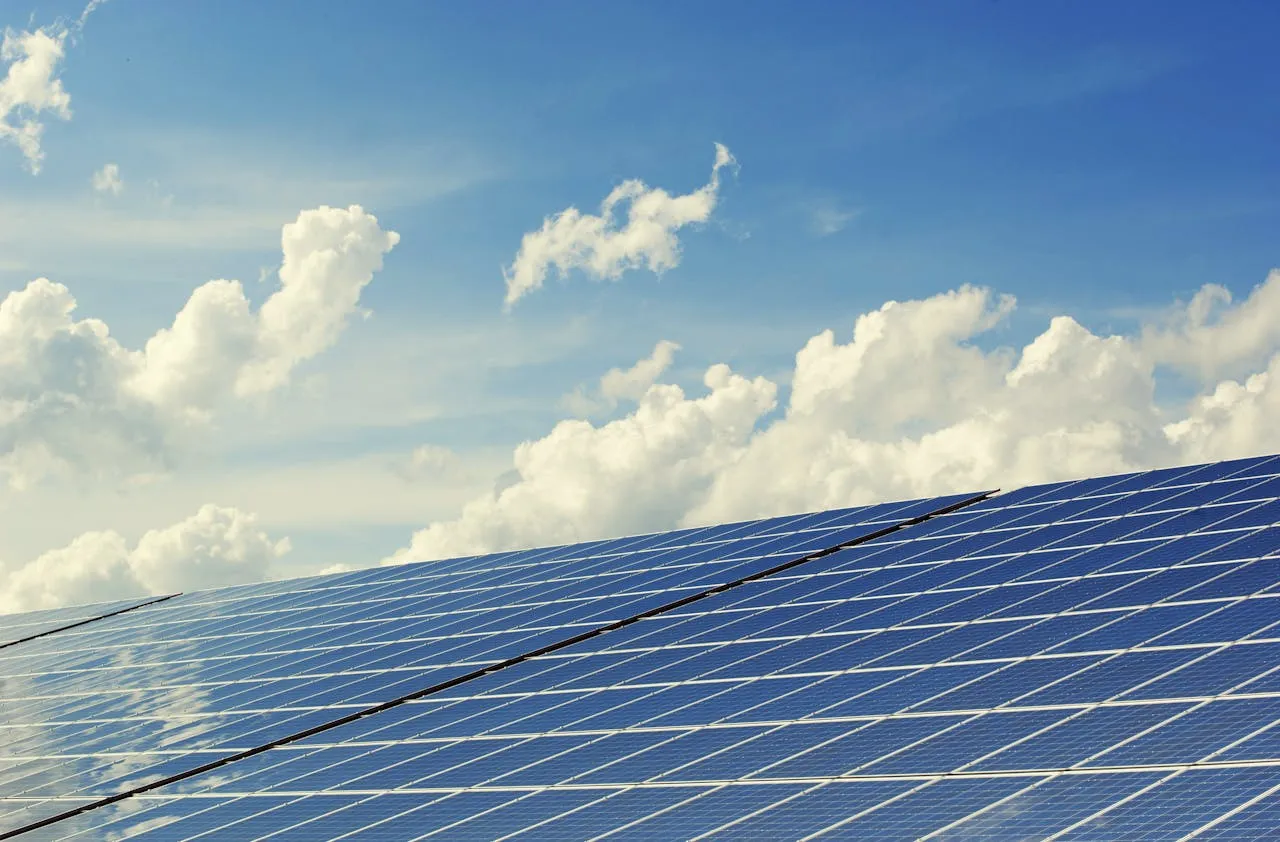The energy sector is undergoing a dynamic transformation driven by technological advancements, evolving consumer expectations, and the urgent need for sustainability. As the world grapples with climate change and resource constraints, the quest for cleaner, more efficient energy solutions has never been more critical. This blog post delves into some of the key trends and innovations shaping the future of energy, exploring how they are revolutionizing the industry and what they mean for the future.
Emerging Trends in Energy Technology
- Advanced Energy Efficiency: Energy efficiency remains a cornerstone of modern energy policy and technology. Innovations in building design, industrial processes, and appliances are leading to significant reductions in energy consumption. Smart thermostats, energy-efficient lighting, and high-performance insulation are just a few examples of how technology is improving energy efficiency in homes and businesses. These advancements not only lower energy bills but also reduce environmental impact by minimizing waste.
- Integration of Artificial Intelligence (AI): Artificial intelligence is increasingly being integrated into energy systems to optimize performance and enhance decision-making. AI algorithms are used for predictive maintenance, demand forecasting, and grid management. By analyzing large datasets, AI can identify patterns, optimize energy distribution, and predict equipment failures before they occur. This integration enhances the efficiency and reliability of energy systems, supporting a more responsive and adaptable grid.
- Electrification of Transport: The electrification of transportation is a major trend reshaping the energy landscape. Electric vehicles (EVs) are becoming more affordable and widely adopted, driven by advancements in battery technology and charging infrastructure. The shift to electric transportation reduces reliance on fossil fuels, lowers emissions, and promotes cleaner air. Additionally, the development of vehicle-to-grid (V2G) technology allows EVs to act as mobile energy storage units, contributing to grid stability and energy management.
- Renewable Energy Integration: The integration of renewable energy sources, such as solar, wind, and hydro, is advancing rapidly. Innovations in grid integration, such as advanced forecasting and demand response technologies, are enabling a higher share of renewables in the energy mix. The development of hybrid systems that combine different renewable sources with energy storage solutions ensures a stable and reliable energy supply. This integration supports the transition to a low-carbon energy system and helps mitigate the impacts of climate change.
- Energy Blockchain Applications: Blockchain technology is finding applications in the energy sector, particularly in areas such as transaction transparency and decentralized energy trading. Blockchain can facilitate peer-to-peer energy trading, allowing consumers to buy and sell energy directly within their communities. It also enhances the transparency and security of energy transactions, reducing the risk of fraud and improving trust in energy markets.
Impact of Key Energy Innovations
- Environmental Sustainability: The transition to cleaner energy sources and increased energy efficiency contributes to significant environmental benefits. Reducing reliance on fossil fuels and adopting renewable energy technologies help lower greenhouse gas emissions and mitigate climate change. Energy-efficient practices and technologies also reduce resource consumption and minimize environmental impact.
- Economic Development: Innovations in energy technology drive economic growth by creating new business opportunities and jobs. The development and deployment of renewable energy systems, energy-efficient products, and smart grid technologies stimulate investment and support local economies. The growth of the green energy sector also fosters innovation and entrepreneurship, contributing to a more dynamic and resilient economy.
- Energy Access and Equity: Advancements in energy technology have the potential to improve energy access and equity, particularly in underserved regions. Distributed energy systems, such as solar microgrids, can provide reliable and affordable power to remote and rural areas. By increasing energy access, these technologies contribute to economic development, improved quality of life, and social equity.
- Resilience and Security: Modern energy technologies enhance the resilience and security of energy systems. Smart grids, decentralized energy sources, and advanced storage solutions improve the ability to withstand disruptions and recover from emergencies. These innovations also contribute to grid reliability and reduce the risk of outages, ensuring a more stable and secure energy supply.
- Consumer Empowerment: The growing availability of energy-efficient products and smart technologies empowers consumers to take control of their energy use. Smart home systems, energy management tools, and renewable energy options enable individuals and businesses to make informed decisions, reduce energy costs, and lower their environmental footprint. This shift towards consumer-centric energy solutions promotes greater engagement and responsibility in energy consumption.
Looking Forward
The future of energy is characterized by continued innovation and transformation. As technology advances and societal needs evolve, the energy sector will continue to adapt and respond. Embracing emerging trends, such as AI integration, electrification of transport, and renewable energy integration, will be essential for creating a sustainable and resilient energy system.
In conclusion, the energy sector is experiencing a period of profound change driven by technological advancements and a growing emphasis on sustainability. Key trends and innovations are reshaping the industry, with significant implications for the environment, economy, and energy security. By staying informed and engaged with these developments, we can contribute to a cleaner, more efficient, and equitable energy future.





















